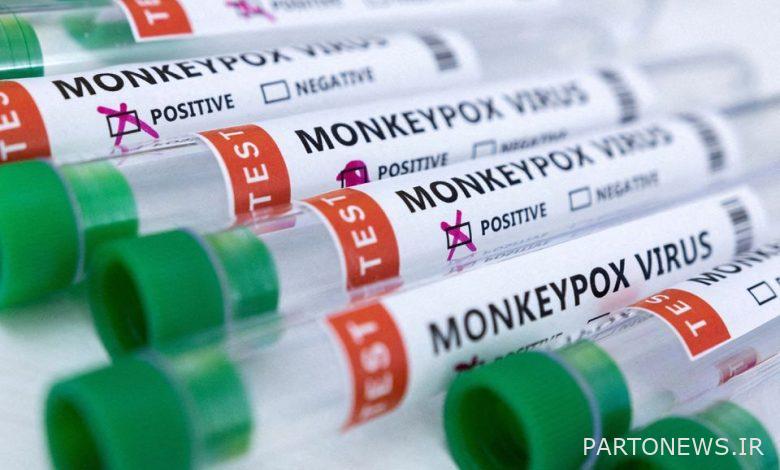The first case of monkey pox in Turkey

“A person who has been diagnosed with monkey pox has a defective immune system,” Reuters quoted Fakhreddin Koja as saying, according to IRNA.
He also said that the person in question was living in Farentina and no other case had been discovered.
The smallpox virus has been detected in more than 50 countries outside Africa, which is a native disease on the continent.
The World Health Organization says cases have also increased in African countries themselves, reinforcing the need for more testing.
Since the onset of monkey pox in May, more than 3,400 cases and one death have been reported. The virus has infected most gay European men.
The World Health Organization said last week that the outbreak had not yet created a public health emergency.
The first known case of smallpox virus was found in 1958 among monkeys kept for research. But the first human case of the disease was identified in 1970 in Africa in a child. Monkey pox is native to Central and West Africa and to areas covered by tropical rainforests, as the reservoir of the virus includes some rodents in addition to monkeys, although the exact reservoir of the virus has not yet been identified. But due to contact between humans and animals in these areas, the disease has spread to humans.
Normally, a person can be a carrier of the disease from the time the clinical signs of monkey pox develop until the blisters are completely gone, and if they are in close contact with a healthy person, they can transmit the disease.
The most common way that smallpox is transmitted is through close contact, including skin-to-skin contact. But droplets transmitted through inhalation, human contact with infected animals, and eating contaminated meat are other ways of getting monkey pox. Transmission of the disease from mother to fetus is another way of transmitting the virus.

